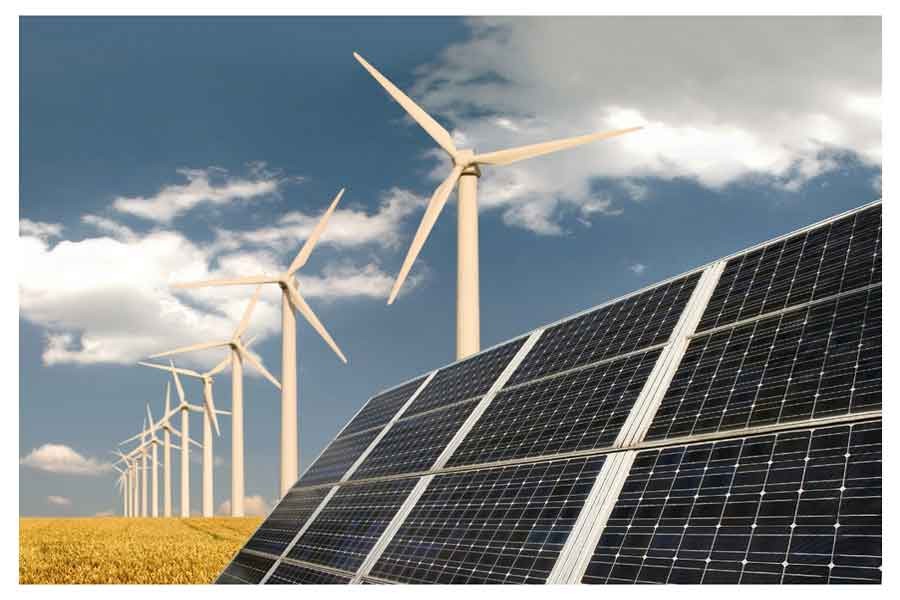Energy is a sine qua non for the all-round development of a nation - industrially and agriculturally. But the global poor countries are lagging behind in this sector compared to the global developed ones. The rich countries with high energy production and consumption have, thus, a role to play for the development of the poor countries' energy sector. This would not only help closing the energy gap between the rich and the poor in poor countries needed for the global poorest countries' accelerating development but will also ensure egalitarian enjoyment of the beneficial fruits of modern industrial civilisation by all.
Of late a United Nations (UN) report has urged wealthy nations to do more to honour their aid commitments to help the least developed countries (LDCs) bridge the energy gap that now exists between these countries. The LDCs need access to more electricity if they are to break out of the vicious cycle of poverty at the earliest. The report by the UN Conference on Trade and Development (UNCTAD) says that 60 per cent of people in the world's poorest countries, 47 of which meet the UN's standards for being "least developed," have no access to electricity. Some 577 million people live in these countries. Access to stable supplies of electricity is crucial for helping businesses and industries in developing countries to grow rapidly.
The report, released on November 22, 2017, said that more than 40 per cent of businesses and industries in the countries covered in the report suffer at present from inadequate, unreliable and unaffordable power. It said that they report an average of 10 power outages a month, each lasting about five hours that cost them 7.0 per cent of the value of their sales.
UNCTAD secretary general Mukhisa Kituyi told in Bangkok that "Energy as a source of transformation (of an economy) is one of the key issues of economic development and this is what we are trying to contribute to, specifically for the least developed countries". Kituyi said that there is a shortfall of US $1.5 trillion in funding to help meet the goal of universal access to power by 2030.
The report said that it would cost an estimated US $12 billion to US $40 billion in annual investment and a more than tripling of the annual rate of gaining access to electricity in those poor countries. The countries covered in the report include 33 in Africa, nine in Asia, and five in the South Pacific and Caribbean region. The UN is encouraging governments in these poor countries to adopt policies to attract investors and improve use of their energy resources. But it is still very difficult for these poor nations to tap sufficient private sources of financing for poverty alleviation satisfactorily at the earliest.
Many people say that solutions to development are best triggered by the private sector. But it is not possible to say that about the LDCs. Kituyi said that "You cannot leave it to the private market to fix Laos and Bangladesh, and Cambodia challenges".
Renewable energy sources have the potential to play a revolutionary role in poor countries. But, so far, most of those initiatives have been small scale, and the UN is urging that the use of such technologies be scaled up to be useful for public utilities of those countries.
The writer is a retired Professor of Economics, BCS General Education Cadre.


